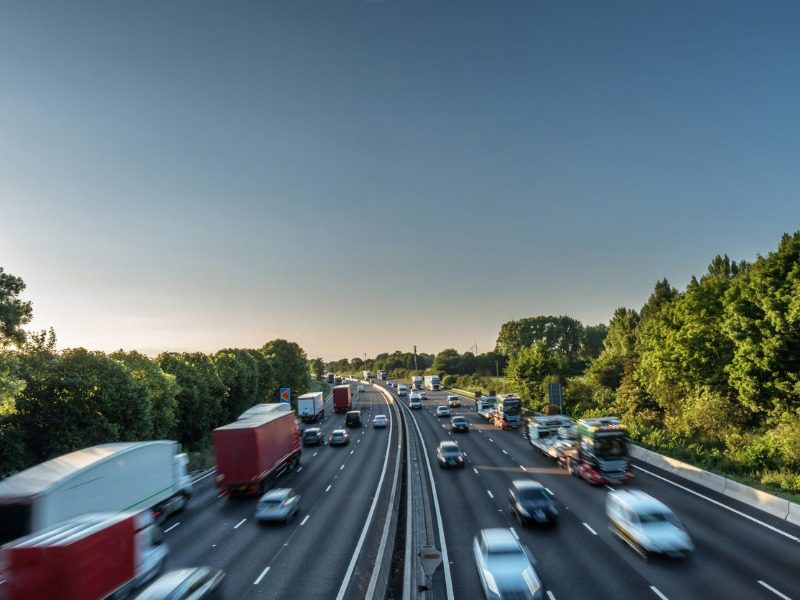Will faster highway speeds lead to more claims?

Starting Apr. 22, Ontario drivers will be able to take six sections of highway, primarily in the southern part of the province, at 110 km/h.
Highway segments where speeds will permanently rise from 100 km/h to 110 km/h are:
Queen Elizabeth Way from Hamilton to St. Catharines (32 km).
Highway 402 from London to Sarnia (90 km).
Highway 417 from Ottawa to the Quebec border (102 km).
Highway 401 from Windsor to Tilbury (approximately 40 km).
Highway 404 from Newmarket to Woodbine (approximately 16 km).
Highway 417 from Kanata to Arnprior (approximately 37 km).
“Both the operating speeds and collision trends within these sections have remained comparable to other similar highway sections where speed limits remained unchanged at 100 km/h,” the province said in a press release.
Whether higher highway speeds ultimately lead to more damaged vehicles, injuries, loss of life or claims is an open question, said Gordon McLean, a senior financial analyst at ratings agency A.M. Best. On its face, he said, higher speeds combined with the mass of an automobile does create more potential for damage, financial losses and loss of life.
“The flip side of that is, it’s hard to drive 100 kilometers and hour,” adding that several years ago many U.S. states began posting highway speed limits of 65 and 75 miles per hour following a lengthy period during which speeds were set at 55 miles per hour nationwide.
“At least stateside, I think if you’re doing 55, you’ve got people passing you and up on your bumper,” he added.
Ontario’s transportation minister, Caroline Mulroney, said road safety was a key factor in the decisions, which were made following pilot projects and resident consultations.
Ontario began a pilot program on selected 400-series highway sections in 2019. An online survey in September that year found 80% of 8,300 respondents favoured the pilots and 82% supported raising speed limits on more sections.
“These sections have been carefully selected based on their ability to accommodate higher speed limits,” Mulroney said in a press release.
AM Best director Rosemarie Mirabella noted people do tend to push speed limits, so a posted limit of 60 mph can lead drivers to go 65.
“Generally, we’ll only do lower speeds if we have to, because there’s a lot of traffic. But if there’s no traffic, we’re going to push it over that,” she said. “So, when you raise the speed limit, it does infer that people are going to be driving at higher speeds, and it is logical to conclude that if they are in an accident, there’s going to be more bodily damage and more physical damage, and that’s going to increase claims costs.”
A report by Ottawa-based Traffic Injury Research Foundation noted speed is a contributing factor in one-in-four fatal accidents in Canada and that 23% of Canadians answering a 2019 survey admitted to driving well over the speed limit – with 4% saying they did it very often. “This translates into roughly six million Canadians driving well over the limit, and one million doing so very often,” the report said.
Raymond Thomson, an AM Best associate director, however, pointed to cases in which drivers on multi-lane highways remain in the fast lane while driving the speed limit. Under certain circumstances, he said, that driving style can be “as much a problem as the person zigzagging.”
Ontario’s transportation ministry said it also will raise speed limits on two highway sections on a trial basis:
Highway 400 from MacTier to Nobel (approximately 55 km).
Highway 11 from Emsdale to South River (approximately 45 km).
Alberta, Manitoba, New Brunswick, Nova Scotia, Saskatchewan and British Columbia have posted speed limits of 110 km/h, according to Ontario’s press release.
Feature image by iStock.com/yevtony







